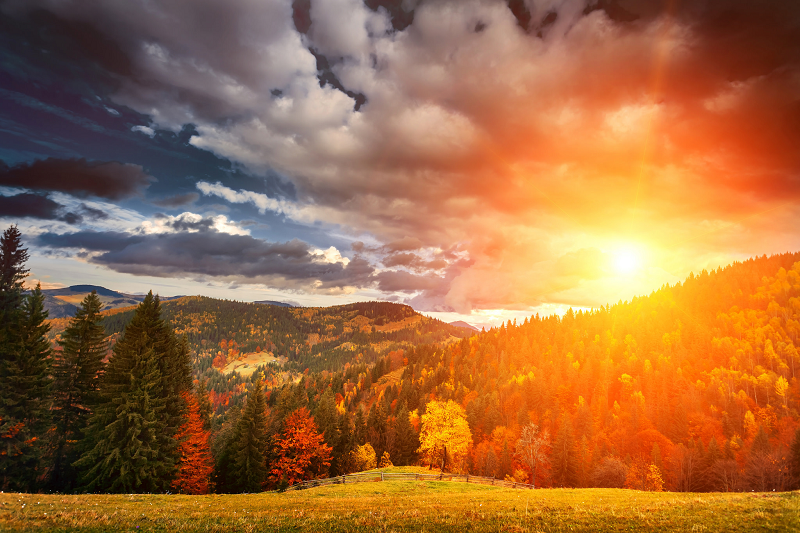
photo by: Matheus Swanson
When it comes to landscapes, color is something that’s often overlooked.
For landscapes, it’s easy to feel like the colors that are in a scene are largely out of our control. But while it’s true that you can’t transform a lackluster landscape into a composition that’s full of color and beauty, there’s still a lot that you can do to incorporate more color into your images.
With this in mind, here’s a look at a few things that you can do now, taking note that many of these are steps that you can take before you release the shutter. While there are ways to enhance your colors in post-processing, there’s a lot that you can do ahead of time as well. When it comes to enhancing colors, your best option often involves using a combination of both in-camera and post-processing techniques to get the results that you’re after.
Let’s take a look now!

photo by: Jean Beaufort
Use a Polarizer
A polarizing filter is an excellent tool for helping your colors to stand out. Polarizers help to reduce surface glare, which means they can reduce the sheen on the surface of leaves, or even wet rocks; helping your image’s colors to appear deeper and more saturated. They can also help to reduce atmospheric haze, which is why photographers often use them to deepen the blue of the sky.
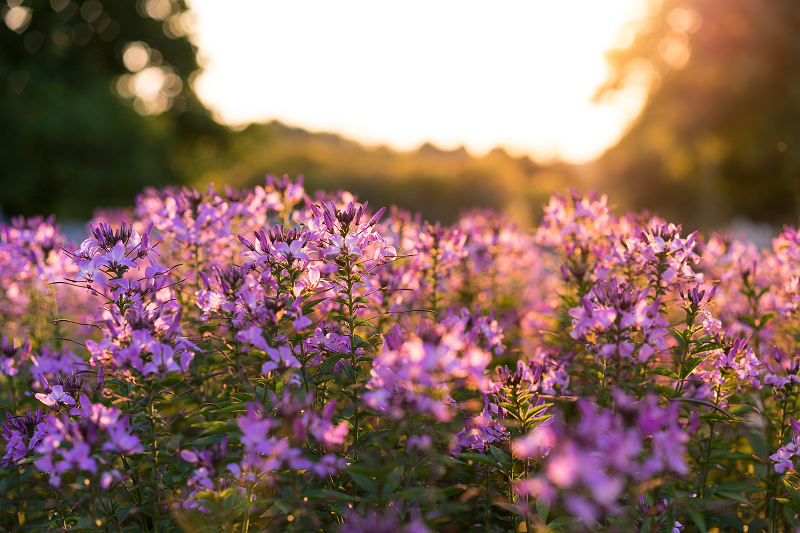
photo by: Chris Abney
Look to Incorporate Colorful Elements
You don’t have to fill your composition with color in order to create eye-catching results; sometimes, a splash of color is all that it needs. For example, look to incorporate bright, colorful flowers in the foreground to add visual interest and draw the viewer into the photo. In addition to the foreground, looking to capture colorful elements that are in the distance –a bright red barn, a colorful hot air balloon, even a ship –can all help to draw your eye into the photo as well –especially when it contrasts with the background.
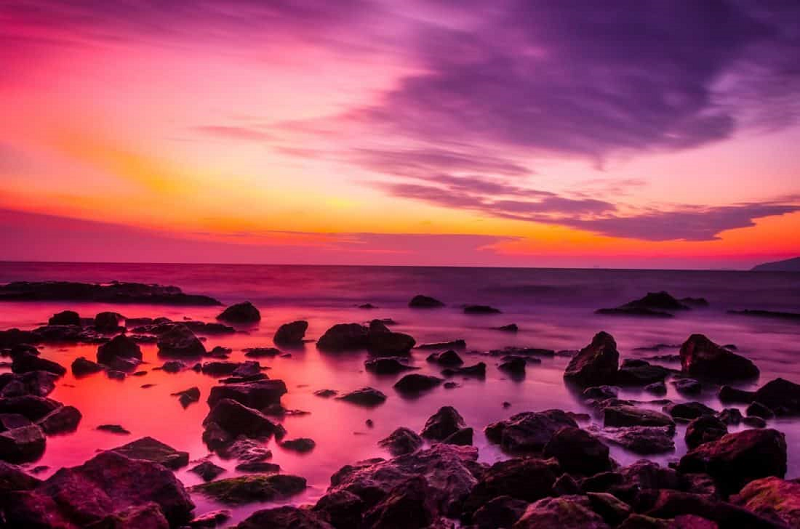
photo by: pixnio.com
Shoot at an Optimal Time of Day
The best colors are found during specific times of the day. Sunrises or sunset, for example, is a specific time for capturing bright, bold colors in the sky. Likewise, “golden hour” –that time of day just after sunrise and again just before sunset is ideal for capturing landscapes that are awash in a beautiful golden glow. Believe it or not, slightly overcast days can actually be a great time for capturing colorful images. The clouds will act as a giant softbox, gently diffusing the light, resulting in deeper, more saturated colors.
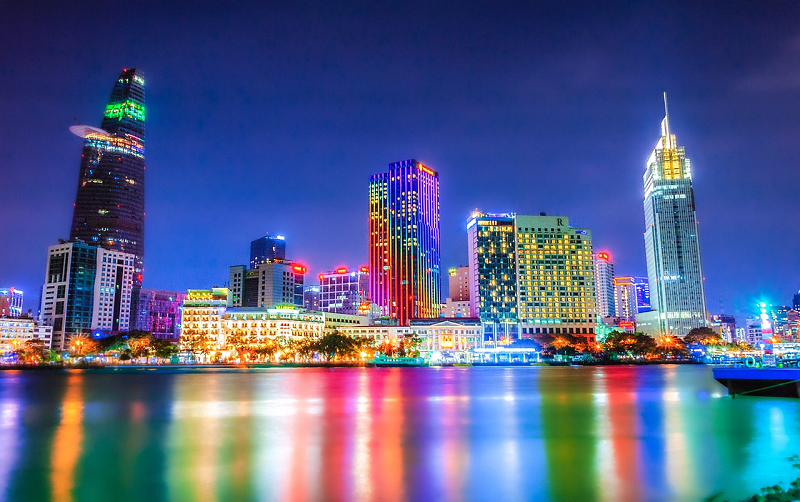
photo by: minanfotos / CC0
Look for Additional Light
While you should take advantage of the natural lighting that’s available, in some cases, you may want to use additional light sources to enhance your images as well. For example, you can use an off-camera flash to help illuminate the foreground during low-light conditions; or use it as a fill-flash to help fill in dark shadows when working with harsh light. And for images that are taken after dark, consider looking for additional light sources that you can use. Street lamps, for example, bridge lights, or the reflection of the city lights on the surface of the water can help to draw out brilliant, bold colors at night.
Adjust Your Exposure
If your colors just aren’t as vibrant as they should be; you could try bumping your exposure down a bit to see if it helps your colors to appear any richer. Even going down 1/3 a stop can be enough to help an image to appear more vibrant. Keep in mind, too, that it’s better to slightly underexpose an image than it is to overexpose it. It’s easy enough to recover details in dark shadowed areas in post-processing, but recovering blown out highlights is a lot more difficult.
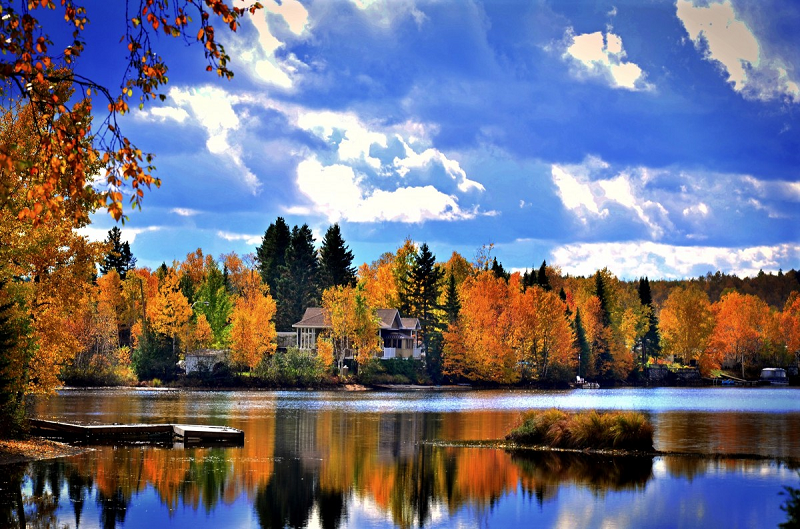
photo by: pxhere.com
White Balance
Just as a different light bulb can give you a different ‘color’ of light, adjusting your camera’s white balance settings can help to adjust the overall color cast in your image. Most cameras come with several preset white balance modes, and if you find that your images have an unsightly color cast, it’s easy enough to adjust your white balance settings.
• Tungsten – The tungsten setting is best for indoor photography as it tends to cool the colors in your image down.
• Fluorescent – The term fluorescent means ‘glowing, bright or flaming.’ As the name suggests, this preset warms your shots up.
• Daylight – Daylight is generally used for shooting during normal daylight hours.
• Cloudy – Cloudy is perhaps the most commonly used white balance setting. It adds a bit more warmth than the daylight setting and is often referred to as ‘giving a kick’ to an image.
• Flash – This setting also warms up your image, especially if you are using flash since that tends to give more of a cool light.
• Shade – Again, the shade setting will help warm up your color.
Or finally, or you can take matters into your own hand and adjust your white balance manually, giving you the best chance at capturing the colors you see. This is especially ideal if you’re shooting during quickly changing lighting conditions. To start, set your camera to PRE (Preset manual) mode. Then, find a white object or place a 50% grey card in front of your camera. Then, take your picture –and your white balance will be set!
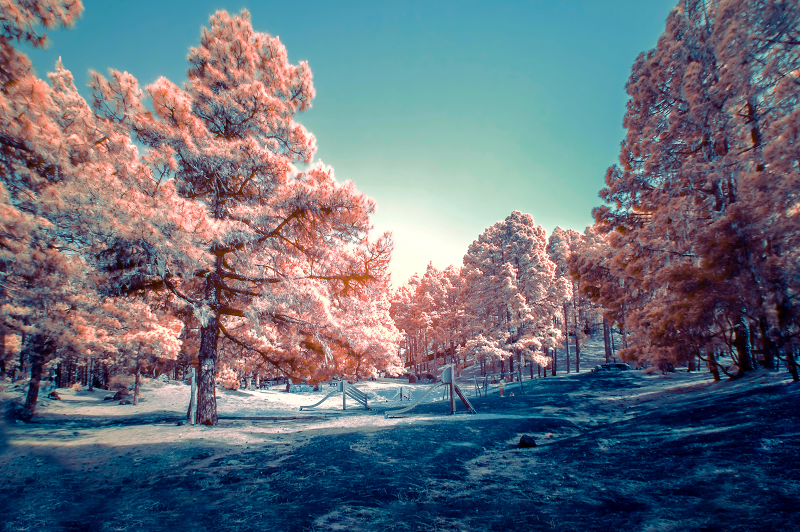
photo by: Fausto García
Post-Processing Tips
In some cases, post-processing can also help to enhance your landscapes’ colors. Colors that are brighter and more saturated will feel lighter and more vibrant, while darker hues will appear more muted. It’s also important to remember that each color has its place –whereas some darker hues can help the image to appear more natural, areas that are receiving direct light can often stand to have the saturation increased. Just avoid making all of the colors appear bright and bold, as this can produce unrealistic results. Oftentimes, subtle is better –especially when landscapes are concerned, and if a realistic-looking image is what you’re after. Be sure to shoot in RAW for the most flexibility in post.
So there you have it, simple tips for enhancing the colors in your images. While incorporating colors –and working to enhance the colors in your images can be a challenge, it can also be tremendously fun, and rewarding. Look out for the right lighting, try to make the most of it, and then look for colorful features to include in your landscapes. Soon capturing vibrant and colorful images will become second nature to you.
What’s your favorite way to enhance colors in your landscapes?